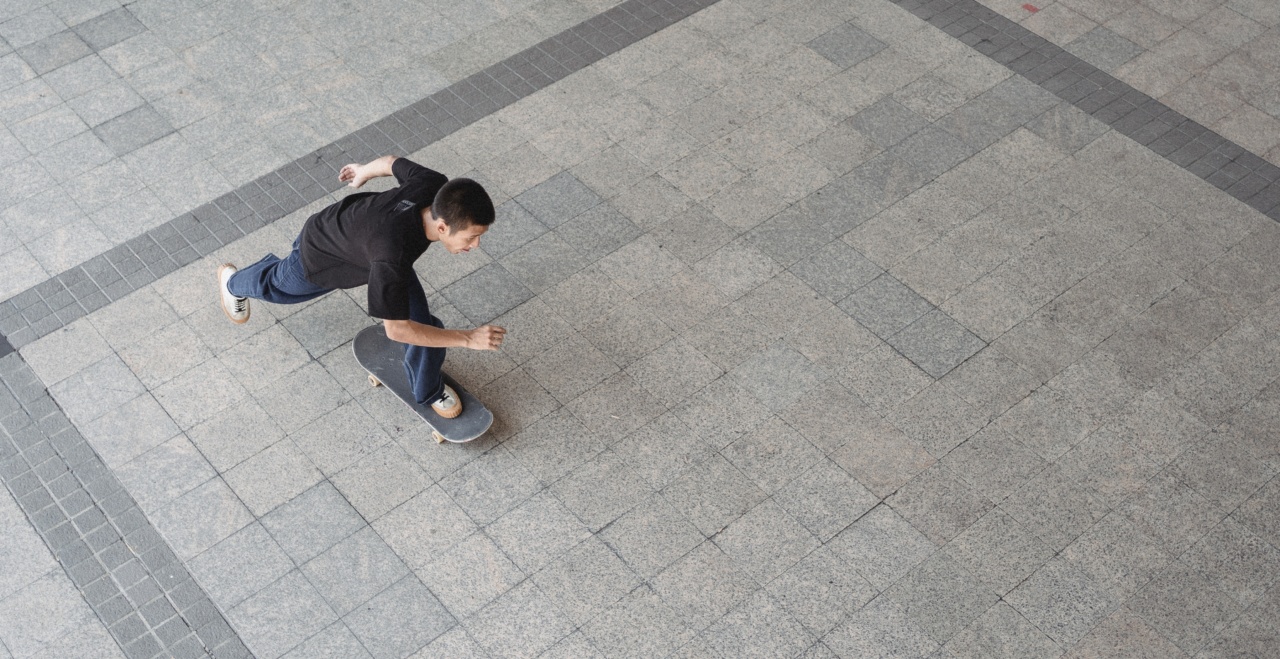Melanoma is a type of skin cancer that is caused by the uncontrolled growth of abnormal skin cells. Melanoma is the deadliest type of skin cancer, and it is responsible for the majority of skin cancer-related deaths worldwide.
One of the main risk factors for melanoma is age, and individuals over the age of 65 are at an elevated risk of developing this condition.
The Impact of Aging on Skin Cancer Risk
As individuals age, their skin becomes more susceptible to damage from environmental factors such as UV radiation from the sun. Additionally, the natural aging process can weaken the immune system, which can increase the risk of cancer.
The combination of these factors can lead to an increased risk of skin cancer, including melanoma.
Risk Factors for Melanoma in Elderly Individuals
While age is the primary risk factor for melanoma in elderly individuals, there are other factors that can also increase the risk of developing this condition. Some of the most common risk factors for melanoma in elderly individuals include:.
- A history of sunburns or excessive sun exposure
- A family history of melanoma
- Fair skin that burns easily and does not tan
- A weakened immune system due to age or illness
Symptoms of Melanoma
Melanoma is a highly treatable condition, but early detection is key to successful treatment.
It is important for elderly individuals to be aware of the symptoms of melanoma so that they can seek medical attention if they notice any unusual changes in their skin. Some of the most common symptoms of melanoma include:.
- An unusual mole or skin growth
- A mole that changes in size, shape, or color
- A mole that is itchy, bleeding, or painful
- A new spot on the skin that is different from other moles or freckles
Preventing Melanoma in Elderly Individuals
While there is no guaranteed way to prevent melanoma, there are several measures that elderly individuals can take to reduce their risk of developing this condition:.
- Avoid excessive sun exposure, especially during peak hours of 10am-4pm
- Wear protective clothing and hats when spending time outdoors
- Use sunscreen with a minimum SPF of 30 and reapply every 2 hours
- Avoid tanning beds and other sources of artificial UV radiation
- Perform regular skin checks and seek medical attention if any unusual changes are noticed
Treatment Options for Melanoma
If an elderly individual is diagnosed with melanoma, there are several treatment options that may be recommended depending on the stage and severity of the condition. Some of the most common treatment options for melanoma include:.
- Surgical removal of the cancerous tissue
- Chemotherapy
- Radiation therapy
- Immunotherapy
Managing Melanoma in Elderly Individuals
For elderly individuals who have been diagnosed with melanoma, ongoing management and monitoring are crucial to ensuring positive outcomes.
This may include regular follow-up appointments with a healthcare provider to monitor the condition and assess for any signs of recurrence. In addition, elderly individuals with melanoma may benefit from support groups and counseling to help them cope with the emotional and psychological impacts of the condition.
Conclusion
Melanoma is a serious and potentially deadly type of skin cancer that is particularly prevalent in elderly individuals.
While age is the primary risk factor for melanoma in this population, there are several other risk factors that can contribute to the development of this condition. It is important for elderly individuals to be aware of the symptoms of melanoma and take steps to reduce their risk of developing this condition. With early detection and proper treatment, many cases of melanoma can be successfully managed.




























